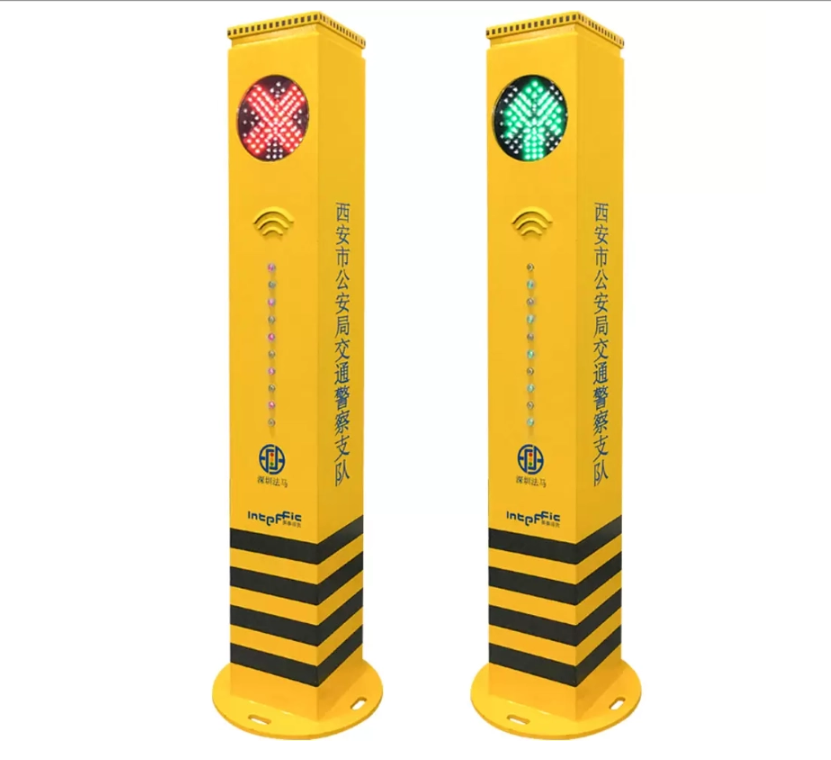In an era where economic efficiency and environmental sustainability are paramount, understanding the cheapest forms of transport is essential for both individuals and businesses. This article delves into various transportation methods, analyzing their cost-effectiveness, environmental impact, and practical applications.
Understanding Transportation Costs
Before we explore specific modes of transport, it's crucial to understand what constitutes transportation costs. These costs can be categorized into several components:
- Direct Costs: These include fuel, maintenance, insurance, and depreciation of the vehicle.
- Indirect Costs: These may encompass time spent traveling, opportunity costs, and environmental impact.
- Fixed vs. Variable Costs: Fixed costs remain constant regardless of usage (e.g., vehicle purchase), while variable costs fluctuate based on distance traveled and frequency of use.
The Cheapest Forms of Transport
- Walking
Walking is undoubtedly the most economical form of transport. It incurs no direct costs, requires no special equipment, and has significant health benefits. For short distances, walking is not only cost-effective but also environmentally friendly, contributing to reduced carbon emissions.
Practical Application: Urban areas with high population density often encourage walking through pedestrian-friendly infrastructure. Cities can enhance this by creating more walkable spaces, which can lead to increased local business patronage.
- Bicycling
Bicycles represent a low-cost alternative to motorized transport. The initial investment in a bicycle is relatively low compared to cars or motorcycles, and the ongoing costs (maintenance, repairs) are minimal. Moreover, cycling promotes physical health and reduces traffic congestion.
Practical Application: Many cities have implemented bike-sharing programs, making it easier for residents and tourists to access bicycles without the need for ownership. This model not only saves money but also encourages a culture of cycling.
- Public Transportation
Public transport systems, such as buses, trams, and subways, offer a cost-effective solution for commuting. The cost per passenger is significantly lower than that of private vehicles, especially when considering fuel and parking expenses.
Practical Application: Investing in efficient public transport infrastructure can lead to reduced traffic congestion and lower emissions. Cities that prioritize public transport often see economic benefits through increased accessibility and reduced travel times.
- Carpooling and Ridesharing
Carpooling and ridesharing services like Uber and Lyft can significantly reduce transportation costs by sharing expenses among multiple passengers. This method not only lowers individual costs but also decreases the number of vehicles on the road, contributing to less traffic and lower emissions.
Practical Application: Businesses can encourage carpooling among employees by providing incentives, such as preferred parking spots or subsidies for ridesharing services. This not only saves money but also fosters a sense of community.
- Electric Scooters and E-Bikes
In recent years, electric scooters and e-bikes have emerged as popular, cost-effective modes of transport, particularly in urban settings. These options are often available through rental services, allowing users to pay only for the time they use the vehicle.
Practical Application: Cities can support the growth of e-scooter and e-bike services by creating designated lanes and parking areas, ensuring safety and convenience for users.
Conclusion: Making Informed Choices
When considering the cheapest form of transport, it is essential to evaluate not only the direct costs but also the broader implications of each mode. Factors such as environmental impact, health benefits, and community engagement play a crucial role in determining the true cost-effectiveness of transportation options.



